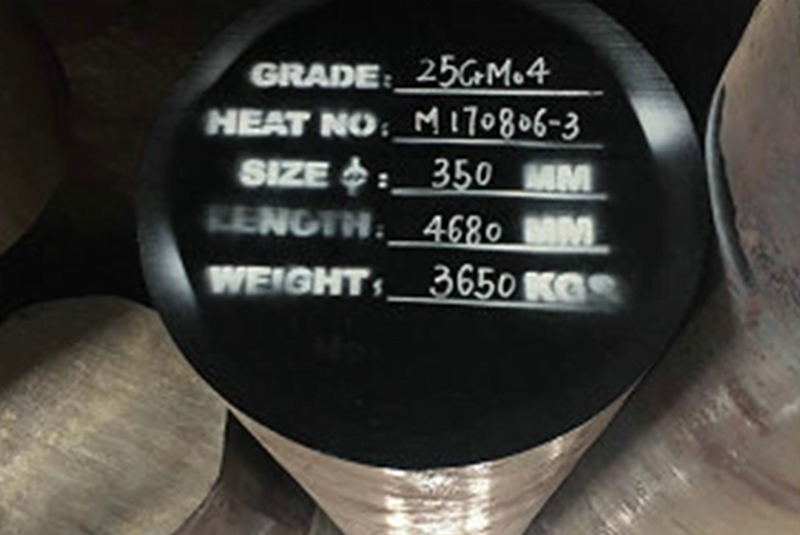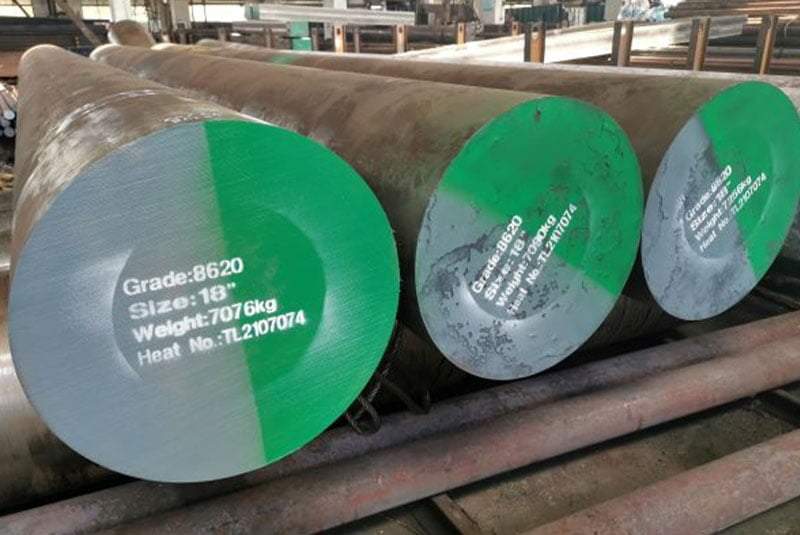Introduction
Alloy steel is a versatile material widely used in various industries due to its enhanced mechanical properties and resistance to corrosion. One critical aspect of alloy steel that significantly influences its applications is its density. Understanding alloy steel density and its implications can help engineers and designers make informed decisions when selecting materials for their projects. This comprehensive guide will delve into the importance of alloy steel density, factors affecting it, methods to measure and calculate it, and its impact on material selection. By the end of this article, you will have a thorough understanding of alloy steel density and how to use this knowledge to optimize your material choices.
What is Alloy Steel Density?

Definition and Importance
Alloy steel density is the mass per unit volume of the material, typically expressed in grams per cubic centimeter (g/cm³) or kilograms per cubic meter (kg/m³). Density is a fundamental property that affects various characteristics of alloy steel, including its strength, durability, and suitability for specific applications.
Standard Alloy Steel Densities
The density of alloy steel varies depending on the specific composition and alloying elements used. Here are some common alloy steel densities:
- Carbon Steel: 7.85 g/cm³
- Stainless Steel: 7.75 – 8.00 g/cm³
- Tool Steel: 7.70 – 8.05 g/cm³
- High-Speed Steel: 8.10 g/cm³
Significance in Engineering
Understanding the density of alloy steel is crucial for several reasons:
Weight Calculation: Accurate weight calculations are essential for designing structures and components.
Material Selection: Density affects material selection for specific applications, balancing weight and strength.
Performance Optimization: Knowledge of density helps in optimizing performance characteristics such as strength-to-weight ratio and thermal properties.
Factors Affecting Alloy Steel Density
Alloying Elements
The density of alloy steel is influenced by the type and amount of alloying elements added to the base iron. Common alloying elements include:
- Chromium (Cr): Enhances corrosion resistance and hardness.
- Nickel (Ni): Increases toughness and impact resistance.
- Molybdenum (Mo): Improves strength at high temperatures.
- Vanadium (V): Enhances hardness and wear resistance.
Manufacturing Processes
The manufacturing process, including heat treatment and forging, can affect the density of alloy steel. Processes that alter the microstructure of the steel can lead to variations in density.
Temperature and Pressure
Changes in temperature and pressure during processing and usage can also impact the density of alloy steel. Higher temperatures may cause expansion, reducing density, while high pressure can increase density by compressing the material.
Impurities and Inclusions
The presence of impurities and non-metallic inclusions can affect the density of alloy steel. These inclusions may create voids or areas of lower density within the material.
Methods to Measure and Calculate Alloy Steel Density
Direct Measurement
Direct measurement involves determining the mass and volume of a sample to calculate its density. This method is straightforward and involves the following steps:
Weighing the Sample: Use a precise balance to measure the mass of the alloy steel sample.
Measuring Volume: Use calipers or a displacement method to determine the volume of the sample.
Calculating Density: Divide the mass by the volume to obtain the density (Density = Mass/Volume).
Archimedes’ Principle
Archimedes’ principle is an indirect method used to measure the density of irregularly shaped samples. It involves submerging the sample in a fluid and measuring the displaced volume. The steps are as follows:
Weighing the Sample: Measure the mass of the alloy steel sample.
Submerging in Fluid: Submerge the sample in a fluid (usually water) and measure the volume of the displaced fluid.
Calculating Density: Use the displaced volume and the sample’s mass to calculate the density.
X-Ray Fluorescence (XRF)
XRF is an advanced technique used to determine the composition and density of alloy steel. It involves bombarding the sample with X-rays and analyzing the emitted fluorescence to determine the material’s density and composition.
Impact of Alloy Steel Density on Material Selection
Strength-to-Weight Ratio
The strength-to-weight ratio is a critical factor in material selection, especially in aerospace, automotive, and construction industries. A higher density may provide greater strength but can also add weight, affecting the overall performance and efficiency of the application.
Thermal Properties
The density of alloy steel can influence its thermal properties, such as thermal conductivity and expansion. Materials with higher density may have better thermal conductivity, making them suitable for heat exchangers and high-temperature applications.
Corrosion Resistance
Alloying elements that increase density, such as chromium and nickel, also enhance the corrosion resistance of alloy steel. This property is essential for applications in harsh environments, such as marine and chemical industries.
Machinability and Formability
The density of alloy steel affects its machinability and formability. Higher density materials may be more challenging to machine but can provide better performance and durability in the finished product.
Table: Common Alloy Steel Densities and Applications

To provide a clearer understanding of how alloy steel density varies with composition and application, here is a comparison table:
| Alloy Steel Type | Density (g/cm³) | Common Alloying Elements | Typical Applications |
|---|---|---|---|
| Carbon Steel | 7.85 | Carbon | Structural components, automotive parts |
| Stainless Steel 304 | 7.75 – 8.00 | Chromium, Nickel | Chemical processing, food equipment |
| Tool Steel (D2) | 7.70 – 8.05 | Chromium, Vanadium | Cutting tools, dies, molds |
| High-Speed Steel (M2) | 8.10 | Tungsten, Molybdenum, Vanadium | Drills, taps, milling cutters |
| Alloy Steel 4140 | 7.85 | Chromium, Molybdenum | Shafts, gears, bolts |
Conclusion
Understanding alloy steel density is essential for selecting the right material for your projects. By considering factors such as alloying elements, manufacturing processes, temperature, pressure, and impurities, you can make informed decisions about material selection. Accurate measurement and calculation of density using methods like direct measurement, Archimedes’ principle, and X-ray fluorescence ensure that you have reliable data for your designs. Ultimately, considering alloy steel density helps optimize performance, efficiency, and durability in various applications.
FAQ
What is alloy steel density?
Alloy steel density is the mass per unit volume of the material, typically expressed in grams per cubic centimeter (g/cm³) or kilograms per cubic meter (kg/m³). It is a fundamental property that affects various characteristics of alloy steel, including its strength, durability, and suitability for specific applications.
How does alloy steel density affect material selection?
Alloy steel density impacts material selection by influencing the strength-to-weight ratio, thermal properties, corrosion resistance, and machinability of the material. Understanding density helps optimize performance and efficiency for specific applications.
What factors affect the density of alloy steel?
The density of alloy steel is affected by factors such as alloying elements, manufacturing processes, temperature, pressure, and impurities. These factors can cause variations in density, influencing the material’s properties and performance.
How is alloy steel density measured?
Alloy steel density can be measured using methods such as direct measurement (mass and volume calculation), Archimedes’ principle (displacement method), and X-ray fluorescence (XRF) for advanced composition and density analysis.
What are some common applications of different alloy steel densities?
Common applications of different alloy steel densities include structural components, automotive parts, chemical processing equipment, cutting tools, and high-temperature applications. The choice of alloy steel depends on the specific requirements of each application.
